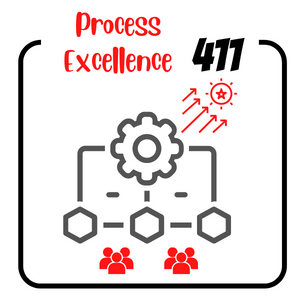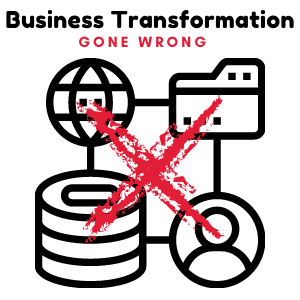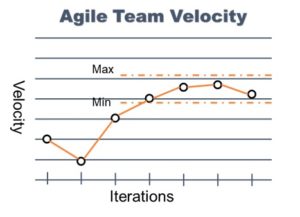The Process Excellence 411 series is a compilation of tips and tricks about transforming organizational processes. These tidbits have been posted for information and awareness, and are occasionally used on social media for general engagement and conversation.
- #Processes are meant to simplify and standardize repeatable tasks, to minimize the time, effort, and money spent on achieving consistent outcomes
- Start with understanding the current state, and avoid the urge to solve a 'perceived' problem until you understand/validate the root cause of #inefficiency
- Implementing #QuickWins can provide a quick head start to a new #ProcessTransformation team; #QuickWins typically represent #process problems with known root causes and identified solution(s)
- Don't let #standardization and #predictability stifle #creativity, where it matters - there is no substitute for good judgment!
- A great #process is worthless if it is not readily accessible or understood by the people who are supposed to be using it
- Use data and statistics to guide the improvement, not to supersede subject matter expertise provided by experienced process operators
- Sometimes the simplest tools and techniques are the mightiest; when perplexed by a #process, try #GEMBA walk-through (i.e., observe the process first hand)
- Improve with a clear intent and a plan; what are you improving (#Efficiency, #TeamEngagement, #CustomerExperience), how are you going to improve, and how will you measure #outcomes?
- Look to #automate tedious repetitive tasks to free up 'human' time for more complex and brain-intensive operations
- You can't improve what you can't observe (or measure); make sure to identify #KPIs and assess the current state #ProcessPerformance
- An improved #process must generate elevated performance sustainably; make sure to put controls in place to continuously measure performance within acceptable limits
- Put mechanisms in place to trigger an alert for operations teams to investigate, when the #ProcessPerformance fails to meet acceptable limits
- Plan time to monitor #ProcessPerformance in a 'hyper-care' state after implementing improvements, and prior to operationalizing; #KPI monitoring via a dashboard can be helpful
- Cost of Poor Quality (#COPQ) is a powerful metric that highlights the cost an organization incurs due to an ineffective or inefficient #process; think about #rework, unnecessary processing, etc.
- #BusinessProcessModeling (BPM) refers to the visual representation of the business process using a standard notation; common tools include Microsoft #Visio, #SmartDraw, #iGrafx …
- There are various #ProcessImprovement methodologies, each suited to specific scenarios. These include, but are not limited to, #Lean, #LeanSixSigma, #Kaizen, and #RummlerBrache
- #Lean methods typically look to reduce #waste in these seven areas; transportation, inventory, motion, waiting, over-processing, over-production, and defects (TIMWOOD)
- There are various #ProcessImprovement methodologies, each suited to specific scenarios. These include, but are not limited to, #Lean, #LeanSixSigma, #Kaizen, and #RummlerBrache
- #LeanSixSigma combines #Lean (reduce waste in the process) and #SixSigma (minimize defects by limiting process variability) - there is a heavy statistical emphasis in Lean Six Sigma
- #SixSigma has two popular frameworks; #DMAIC (Define, Measure, Analyze, Improve, Control) for #ProcessImprovement and #DMADV (Define, Measure, Analyze, Design, Verify) for process design
- #Kaizen is a simple yet powerful method for engaging team members in a collaborative exercise to define the process problem, identify and test solutions, and implement process changes
- If the root cause for a #process problem is known and simple, #Kaizen can be an effective method
- #LeanSixSigma is instrumental for improving complex processes where root causes of process problems are unknown and are difficult to diagnose
- If a #process is repeatable and standardized, the outcome variability will be greatly reduced resulting in low defect rates; an abnormal variability should be investigated and addressed
- Consider crowd-sourcing #ProcessImprovement ideas to accelerate organizational efficiency and customer experience; use campaigns to get everyone involved - best ideas sometimes come from the front-line workers
- Consider gamifying #ProcessImprovement for greater gains by incentivizing team members who submit quantifiable improvement ideas (leading to implementation)
- Enlist team members from across the organization to implement quick wins with measurable benefits, and incentivize them through gift campaigns and development opportunities
- #ProcessImprovement outcomes could be measured in multiple ways, including #CostAvoidance (e.g., no penalty payment), #CostReduction (e.g., eliminated over-processing), #RevenueIncrease, #CustomerEffort hour reduction, #TeamEngagement % increase, etc.









